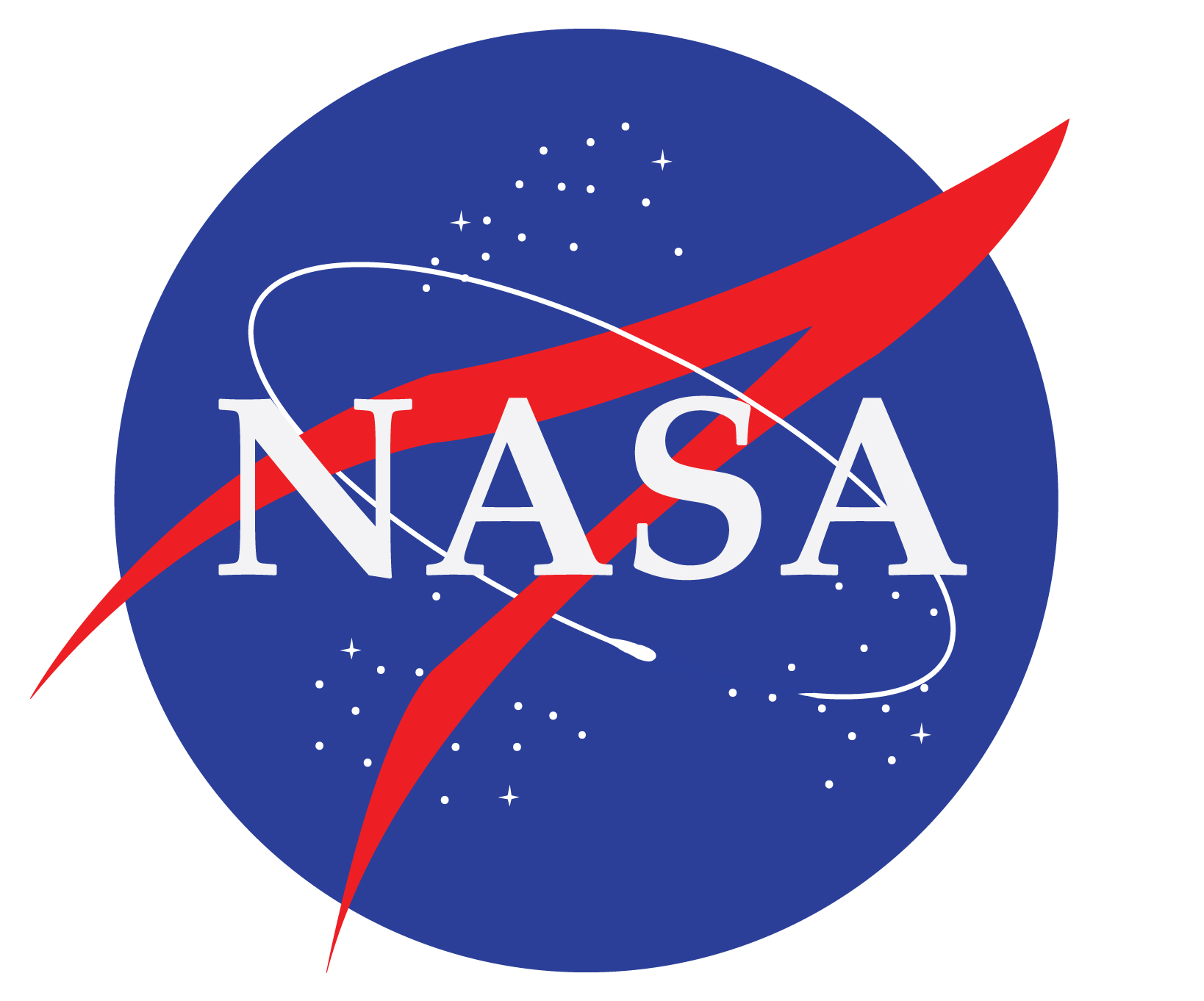Part 1 of 2 Parts
I have blogged before about the NASA Gateway project to build a space station that would share the orbit of the moon and serve as a platform to the support of deep space exploration. Today I will go into more details about the NASA lunar Gateway project.
In 2012, NASA began discussing the concept of an installation on the far side of the Moon which always faces away from the Earth. This installation would be called the Deep Space Habitat. A few years later, NASA started developing ideas for a “cislunar” habitat. Cislunar means that the space station would be somewhere between the Earth and the orbit of the Moon.
In early 2015, NASA awarded a few contracts under its Next Space Technologies for Exploration Partnerships (NextSTEP) program. The awards were made for the development of ideas for modules that could be attached to the Orion spacecraft and used land on the Moon.
The Orion is a deep space exploration craft under development at NASA. It is designed to carry up to four astronauts and Orion missions could last up to sixty days. Orion is intended to facilitate the exploration of the Moon, Mars and the asteroids. Orion is not expected to fly before 2024.
One of the first times that NASA publicly mentioned a lunar space station referred to as a Deep Space Gateway was in a March 2017 article on a NASA website. In the article, NASA said, "The agency is ... looking to build a crew tended spaceport in lunar orbit within the first few missions that would serve as a gateway to deep space and the lunar surface. This deep space gateway would have a power bus, a small habitat to extend crew time, docking capability, an airlock, and [would be] serviced by logistics modules to enable research."
NASA went on to say that the Gateway would not just support missions in lunar orbit but would also support deep space exploration and exploitation in general. "The area of space near the moon offers a true deep space environment to gain experience for human missions that push farther into the solar system, access the lunar surface for robotic missions but with the ability to return to Earth if needed in days rather than weeks or months."
In July of 2017, NASA put out a competitive request for information regarding the development of the Power and Propulsion Element (PPE) for the Gateway. The PPE would supply electrical power as well as chemical and elecrtrical propulsion for the Gateway. By November of 2017, five research contracts related to the Gateway had been signed by NASA. The companies that received the NASA study contracts included Boeing, Lockheed Martin, Orbital ATK, Sierra Nevada Space Systems and Space Systems Loral. The contracts totaled about two and one half million dollars and ran for about four months.
NASA had been studying the design of the PPE module for several months prior to handing out the research contracts. NASA said that these study contracts would allow private space companies to share their ideas for the PPE including the technologies they could offer for the development of the module.
NASA said “We've been looking at it internally, but if they have different ideas on the general concept of the gateway, how we can do that and how it aligns with their internal plans, then we're hoping to get that out of this as well.”
Please read Part 2
